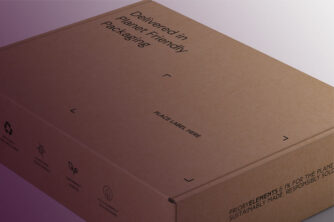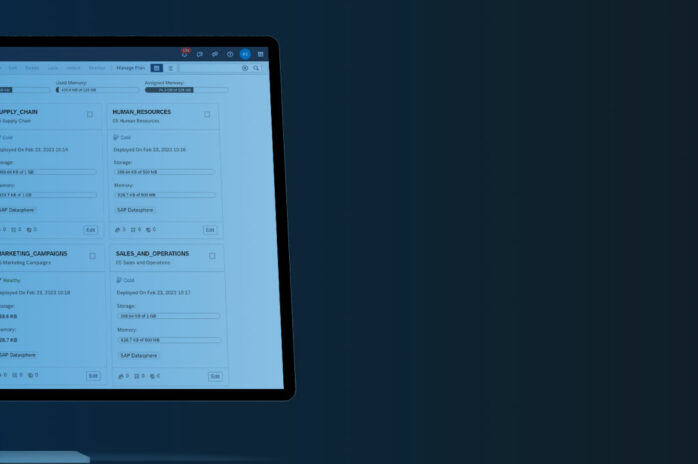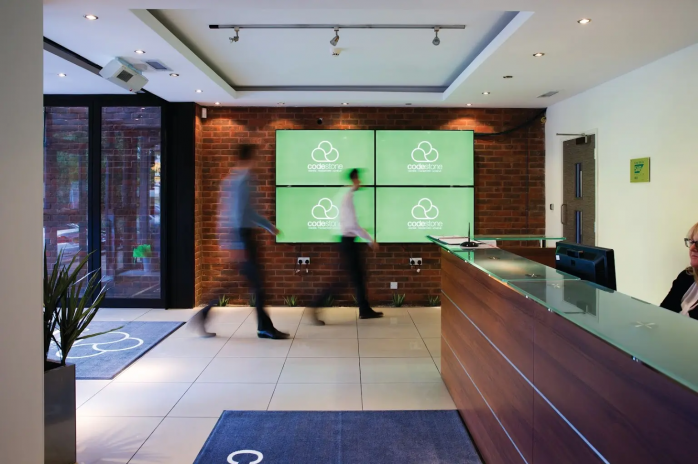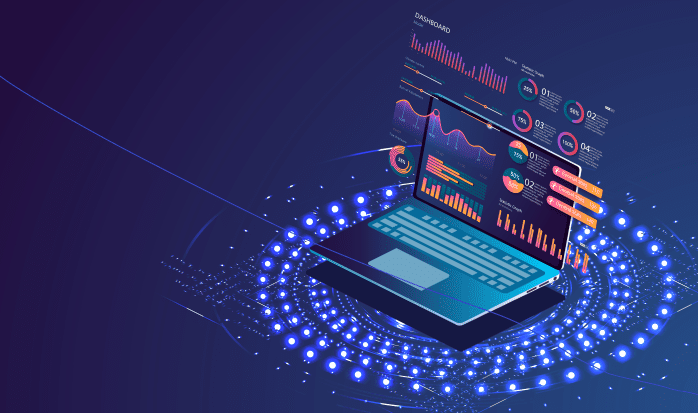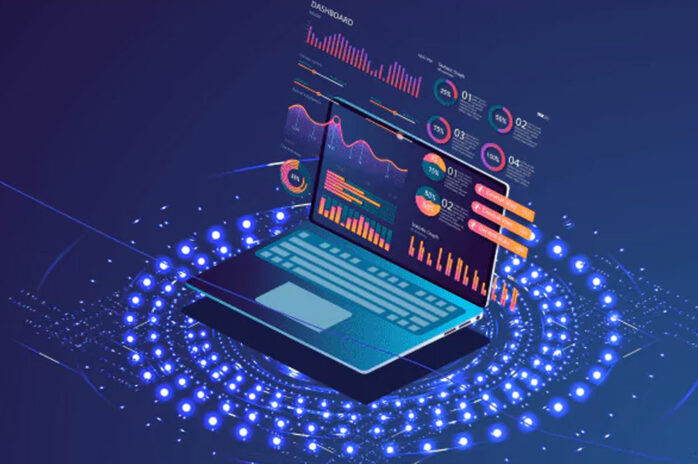There are many BI and reporting tools on the market and two of the biggest are SAP BusinessObjects (with Web Intelligence as part of the toolset) and Microsoft Power BI. Many companies will invest a lot of effort in working out which BI tool is best for their requirements and there are a lot of blogs out there that highlight the differences between tools, but how about highlighting the similarities? Here I’ll outline five ways in which these two toolsets are similar and can help an organisation realise the potential within their data.
Front-end Easy, Back-end Hard
Most reporting tools strive to make the production of reports and dashboards easy and intuitive for end-users and SAP and Microsoft are no exceptions. With Web Intelligence and MS Power BI the report builders are working in a drag-and-drop environment where constructing highly visual and engaging reports is simple.
However the back-end of these tools is where the magic happens, and is where the complexities are found. In Web Intelligence there is the ‘universe’ concept which requires a skilled data-analyst to create, and in MS Power BI there is DAX and Power Query (and its formula language M) to deal with.
Both tools can present users with simple data-structures to create reports from, but those structures take time to design and build properly.
ENTERPRISE READY FEATURES
To fulfil the needs of a bank, a council, a manufacturing company or a candlestick-maker, the reporting tool needs to be easy to access, be flexible to expand with the business and be secure.
Both SAP BusinessObjects and MS Power BI have these features, and more besides. The front-ends of both are accessed via web-browsers that everyone will already have installed, have flexible licencing models that can be increased over time, and have sophisticated security features built-in so that only the intended people see the data they should.
Add in the ability to send emails and alerts, the ability to export data to Excel and CSV and the scheduling of data updates and we can see that both systems are ready to meet the needs of their owners.
INTERACTIVE REPORTING
There is an expectation now that all on-screen data should be interactive. Every screen is a touch screen it seems. Every report should be filterable and customisable. And both Web Intelligence (and SAP Crystal and SAP Lumira) and MS Power BI allow the report consumers to interact in these ways.
The creators of the reports from both providers can add prompts, in-report filters, interactive charts and other fancy methods for making the delivery of insights to users more focussed and specific. This leads to efficiency for the builders (fewer reports need to be created overall) and to more engagement from the users (clicking on things and watching the screen change always makes people happy).
VISUAL REPORTING
People like pictures that tell a story. A trend chart easily shows if things are improving or not, a pie chart simply presents what category makes up the largest proportion of business, a sankey chart describes flows of people or parts through stages in a process. Charts and visualisations tell a story in a moment that a table of numbers cannot do as easily.
Web Intelligence and MS Power BI both have a comprehensive library of chart types and colour-schemes, and these can be added to with custom visuals as well.
It is easy to create the graphs and maps, no coding is needed to produce clear pictures of business trends and volumes.
PLANNING AND DATA QUALITY IS THE KEY
This is true of any BI tool really – no matter the sales-pitch that will tell you that generating data-insights from your systems will be easy and straight-forward. Getting credible results requires understanding of the data-source being interrogated, and if you want to get data from more than one source at the same time then there will be investment to be considered in data-warehousing before the BI tool gets involved.
Smaller projects may not need a full-blown data-warehouse but will benefit from planning regarding a SAP BusinessObjects universe or a MS Power BI dataset (or multiples of those) to ensure the business users get what they need at the front-end.
Smaller projects may not need a full-blown data-warehouse but will benefit from planning regarding a SAP BusinessObjects universe or a MS Power BI dataset (or multiples of those) to ensure the business users get what they need at the front-end.

























